- Foot & Ankle Arthritis
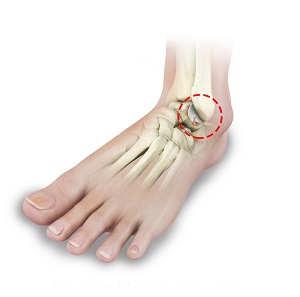
Arthritis is the inflammation of joints as a result of degeneration of the smooth cartilage that lines the ends of bones in a joint.
Know More - Plantar Fasciitis

Plantar fasciitis refers to the inflammation of the plantar fascia, a thick band of tissue that is present at the bottom of the foot. It runs from the heel bone to the toes and forms the arch of your foot.
Know More Launch Movie - Achilles Tendinitis
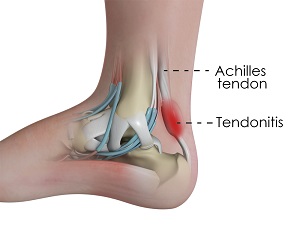
Inflammation of the Achilles tendon is known as Achilles tendinitis or tendonitis.
Know More - Ankle Fractures
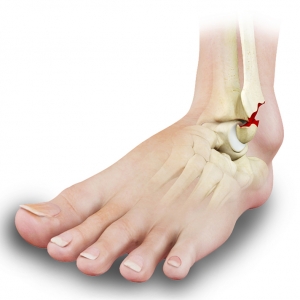
An ankle fracture is a painful condition where there is a break in one or more bones forming the ankle joint. The ankle joint is stabilized by different ligaments and other soft tissues, which may also be injured during an ankle fracture.
Know More Launch Movie - Stress Fractures of Foot & Ankle
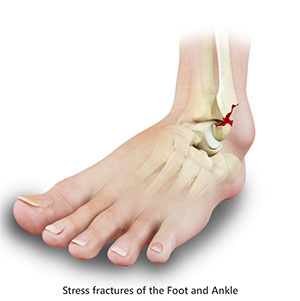
A stress fracture is described as a small crack in the bone which occurs from an overuse injury of a bone. It commonly develops in the weight-bearing bones of the lower leg and foot.
Know More - Lisfranc (Midfoot) Fracture
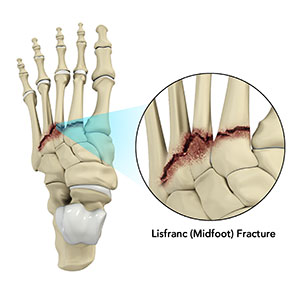
The Lisfranc joint or tarsometatarsal joint refers to the region in the middle of the foot. It is a junction between the tarsal bones (bones in the foot arch) and metatarsal bones (five long bones in the foot). Lisfranc fractures can occur due to a fall from a height or a traumatic motor vehicle accident.
Know More - Lisfranc (Midfoot) Injury

The tarsometatarsal joint or Lisfranc joint is the region in the middle of the foot formed by the articulation of the tarsal bones (a cluster of seven bones) and metatarsal bones (a group of five long bones). This region supports the arch of the foot. Lisfranc or midfoot fractures are breaks in the bones of the midfoot.
Know More - Bunion

A bunion is a bony protuberance that appears on the outer surface of the big toe when it angles toward the adjacent toe. It is an extra bone and a fluid-filled sac that grows at the base of the big toe.
Know More Launch Movie - Morton's Neuroma
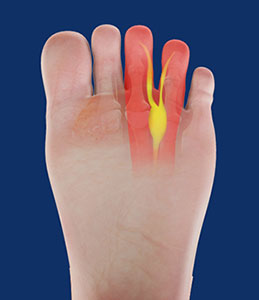
Morton’s neuroma refers to a nerve injury that occurs between the toes, usually the third and fourth toes. This causes pain and thickening of the nerve tissue.
Know More - Midfoot Arthritis
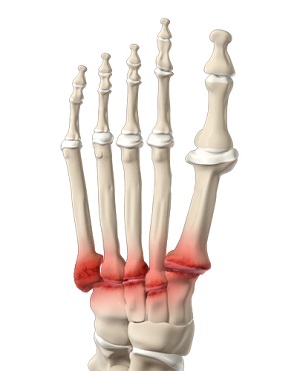
Midfoot arthritis is pain and inflammation of the midfoot. It occurs due to damage of cartilage or tissues around the joints. The damage may occur due to injury, aging or autoimmunity.
Know More - Ankle Sprain
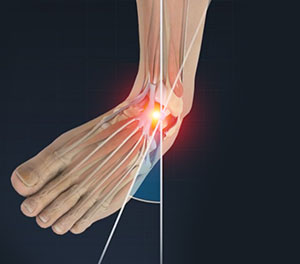
An ankle sprain is a common injury that occurs when you suddenly fall or twist the ankle joint, or when you land your foot in an awkward position after a jump. Most commonly, it occurs when you participate in sports, or jump or run on a surface that is irregular.
Know More Launch Movie - Achilles Tendon Rupture

The Achilles tendon is a strong fibrous cord present behind the ankle that connects the calf muscles to the heel bone.
Know More - Ankle Instability
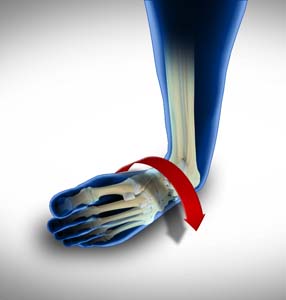
Ankle instability is a chronic condition characterized by a recurrent slipping of the outer side of the ankle. It usually results from repeated ankle sprains, which are injuries to the ligaments.
Know More - Osteochondral Injuries of the Ankle
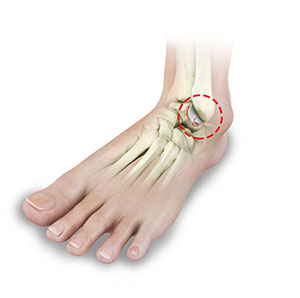
Osteochondral injuries, also called osteochondritis dissecans, are injuries to the talus bone. It is characterized by damage to the bone as well as the cartilage covering it. Sometimes, the lower end of the tibia or shinbone may also be affected.
Know More - Osteochondral Lesions of the Ankle
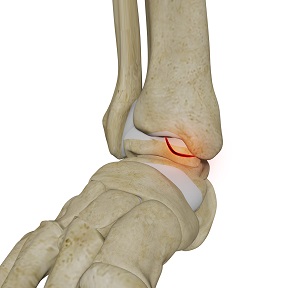
The tibia and the fibula bones of the lower leg join with the talus bone to form the ankle joint. The talus bone is an important bone located between the tibia and fibula and the heel bone (calcaneus). OCL or OCD is the damage to the cartilage and the talus bone of the ankle joint. Usually, the inner or the medial portion of the ankle is affected.
Know More - Foot Fracture

Trauma and repeated stress can cause fractures in the foot. Extreme force is required to fracture the bones in the hindfoot. The most common type of foot fracture is a stress fracture that occurs when repeated activities produce small cracks in the bones.
Know More Launch Movie - Foot & Ankle Trauma
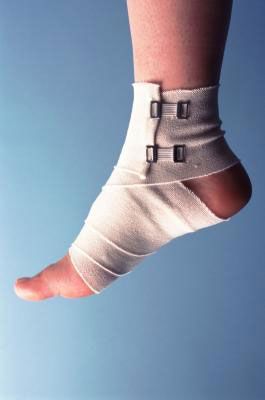
Foot and ankle trauma refers to injuries that most commonly occur during sports, exercise or any other physical activity. Trauma may be a result of accidents, poor training practices or use of improper gear. Injuries may also be caused when an individual is not medically fit or because of insufficient warm-up and stretching exercises.
Know More - Flatfoot
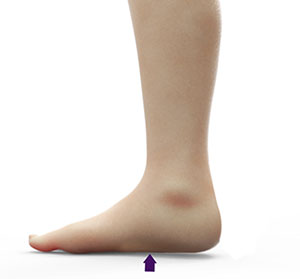
Flatfoot, also known as “fallen arches” or Pes planus, is a deformity in children’s feet where the arch that runs along the sole of the foot collapses to the ground or is not formed at all. Flatfoot is normal in the first few years of life as the arch of the foot usually develops between the age of 3 and 5 years.
Know More - Foot Pain
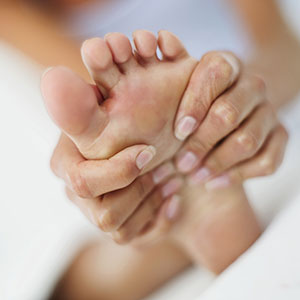
The foot is composed of bones, ligaments, tendons, and muscles. As your feet bear the weight of your entire body, they are more prone to injury and pain.
Know More - Cavus Foot Deformity
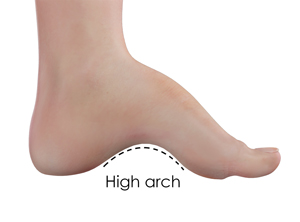
Cavus foot also referred to as a high arch, is a condition in which the arch on the bottom of the foot that runs from the toes to the heel is arched more than normal. Because of this, excessive weight falls on the ball and heel of the foot when walking or standing, causing pain and instability.
Know More - Peroneal Tendon Dislocation
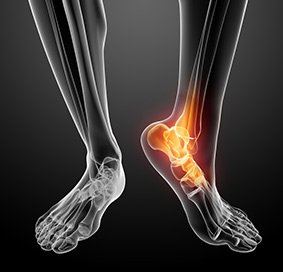
The peroneal tendons run behind the lateral malleolus (the bony protrusion on the outside of the ankle).
Know More - Bunionette
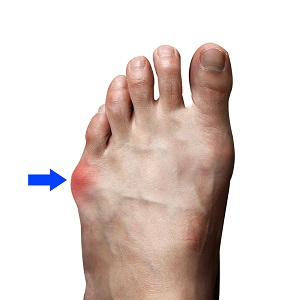
The deformity got its name as q tailor’s bunion when tailors once sat with their legs crossed all day, with the outside edge of their feet rubbing on the ground. This constant rubbing gave rise to a painful bump at the base of their little toe.
Know More - Foot & Ankle Osteotomy

Foot and ankle osteotomy is a surgery performed to remove parts of a bone in your foot or ankle that might be causing pain or limiting your mobility. The surgery helps relieve pressure on the foot and ankle caused by the bone deformity or injury.
Know More - Foot Problems

The foot is a highly complex part of the human body that has an integral role in most activities of daily living.
Know More - Lesser Toe Deformities

Lesser toe deformity is an abnormality in the anatomy of your toe that occurs as a result of imbalance between the intrinsic and extrinsic muscles.
Know More - Heel Fractures
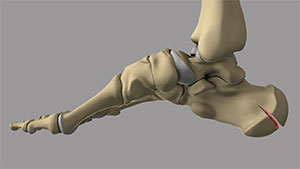
The calcaneus or heel bone is a large bone found at the rear of the foot. A heel fracture is a break in the heel bone due to trauma or various disease conditions.
Know More - Talus Fractures
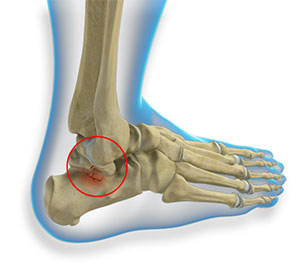
The talus is a small bone at the ankle joint that connects the heel bone and the shinbones, enabling up and down movement of the foot.
Know More - Turf Toe
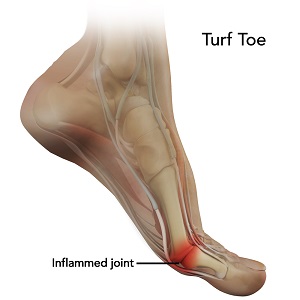
Turf toe is an injury to the ligament at the base of the big toe. It is a painful condition that usually results from jamming the toe into the ground or excessive backward bending of the toe.
Know More - Foot Drop

Foot drop, also known as drop foot, is a sign of an underlying muscular, neurological or anatomical condition, where you are unable to lift the front part of your foot, which results in the dragging of the foot.
Know More - Heel Pain

Heel pain is a common symptom of excessive strain placed on the structures that form the heel.
Know More - Nerve Conditions of the Foot
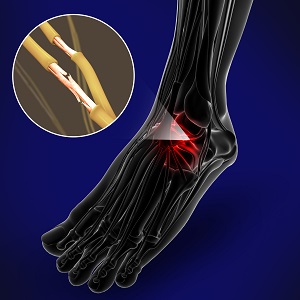
The foot is composed of bones, ligaments, nerves, muscles, and tendons. Nerve conditions of the foot can range from minor nerve injuries to serious conditions like nerve entrapment and damage. A podiatrist is a doctor specializing in the treatment of foot problems including nerve conditions.
Know More - Claw Toe

Claw toe is a deformity where a toe bends and appears like a bird’s claw. The affected toe is bent upward from the joint at the ball of the foot, and downward at the joints in the middle and tip of the toe to curl under the foot.
Know More - Metatarsalgia
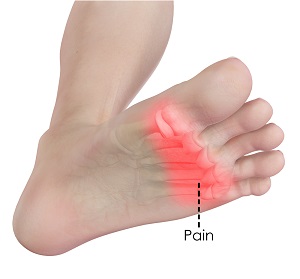
Metatarsalgia is a condition in which pain and inflammation are caused due to overuse or injury to the ball of the foot - the area between the toes and the arch. This condition mainly affects the joints at the base of the five-toe bones.
Know More - Stiff Big Toe (Hallux Rigidus)
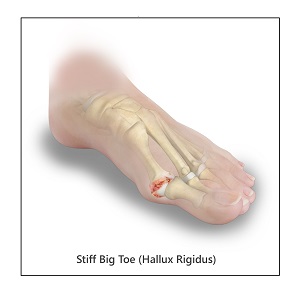
A stiff big toe, also called hallux rigidus, is a form of degenerative arthritis affecting the joint where the big toe (hallux) attaches to the foot. The toe typically becomes stiff at the base and is sometimes called a “frozen joint”.
Know More










